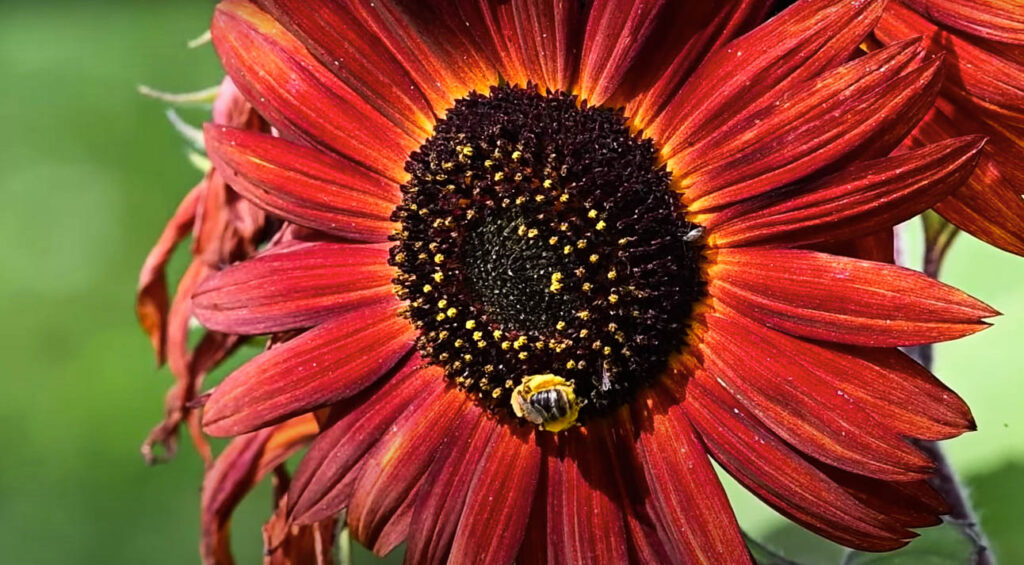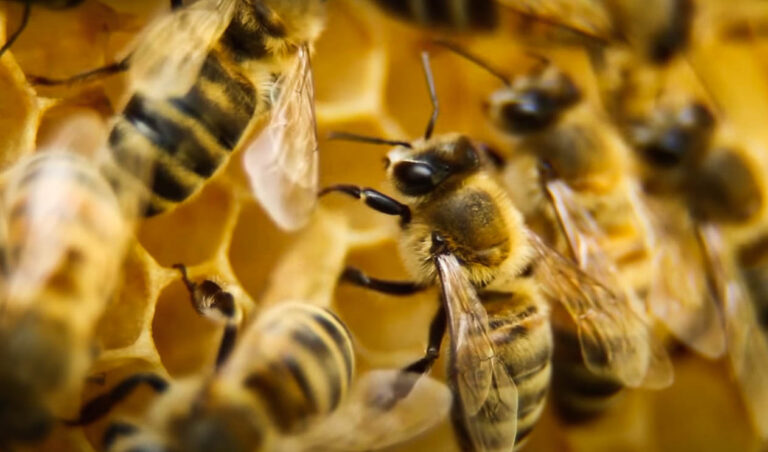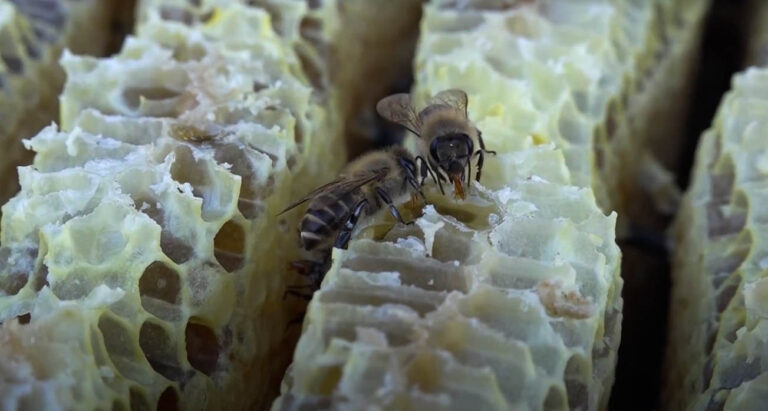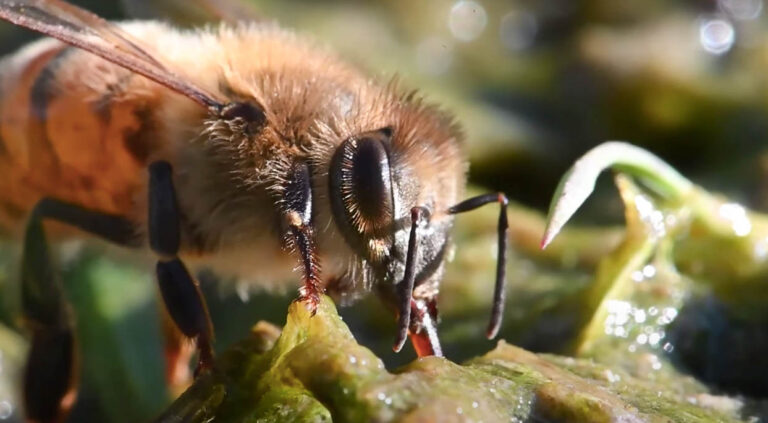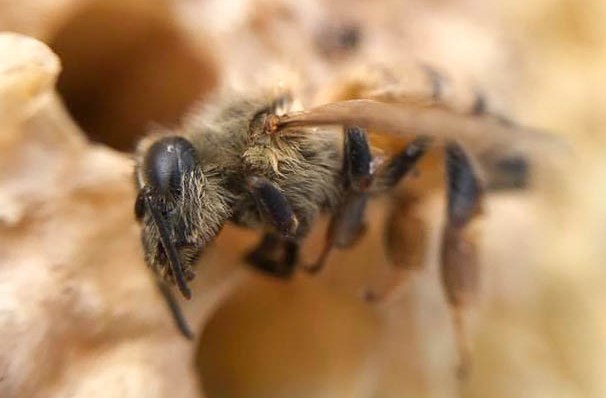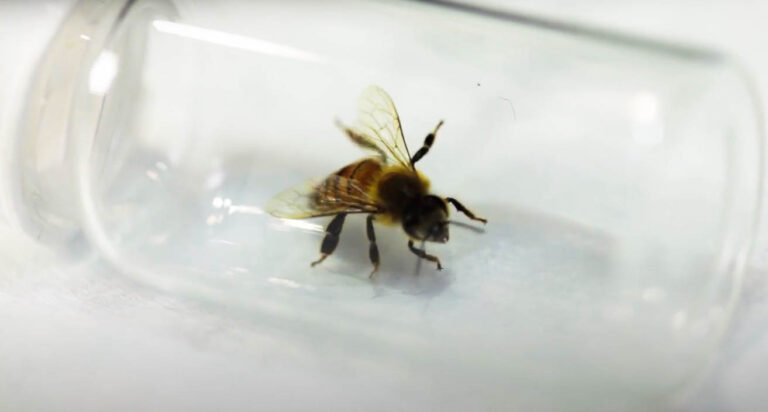About European Honey Bees
About European Honey Bees
Originating from Europe as well as parts of Asia and Africa, European honey bees are well-known honey producers found in every continent but Antarctica. They are also well-known pollinators.
Appearance
European honey bees have the characteristic physical features of honey bees. These features include their coloration. They have black or brown bodies with yellow stripes on their abdomens. The size of the ants differs according to their caste. The queens are the largest. The drones are the second largest, while the workers are the smallest European honey bees. The average length of the European honey bee workers is between 10 and 15 mm. The average length of the drones is 15 to 17 mm, while the average length of the queen is between 18 and 20 mm.

Behavior
These bees are known for their honey-producing ability. Their diets are majorly made up of nectar and pollen which they get from flowers. They make honey from the nectar and pollen within their nests. The adult bees feed on nectar and pollen as well as honey. The larvae of European honey bees feed on honey and nectar as well as the bodily secretions of the worker bees. This bodily secretion is called royal jelly or worker jelly. The diet of the bees could also include the secretions made by insects that feed on sap. Such insects include aphids and bugs.
The bees are prey of different animals including bears, skunks, toads, honey badgers, and gorillas. The predators of the bees attack their hives for the honey the bees produce. They also attack the bees to feed on them directly. Predators could also attack beehives for the wax. The female European honey bees can sting. Their characteristic physical features serve as a form of warning to predators. European honey bees are social insects. They live in castes of queens, drones, and workers. The queens are the reproductive females. Whether a female will develop into the queen is dependent on the availability of royal jelly. The drones are the reproductive males. They mate with the queens to start a colony. The workers are non-reproductive females. They are responsible for caring for the young and foraging for food.
European honey bees have economic importance as honey producers as well as pollinators. As pollinators, they spread pollen grains and cause plants to reproduce efficiently. Western honey bees pollinate different types of crops and non-crop plants. Thus, they could be cultivated by farmers for this purpose. Like other honey bees, the European honey bees fly in short, rapid strokes. They also make the buzz sound when they fly and cannot fly in extreme weather conditions such as high winds, heavy rains, and extreme temperatures. Since they cannot fly during these periods, they typically store food from other periods to eat in these periods.
They communicate by movement, vibration, and sound. European honey bees make dances which they use to communicate the location of food sources to other bees. They use the waggle dance to tell other bees where food sources can be found.
Life Cycle
The worker bees live for five weeks to a few months. The queens have the longest lifespan of the different bees. They can live for several years. They undergo complete metamorphosis going through the developmental phases of egg, larva, pupa, and adult. Queen European honey bees mate with drones from their hives and other hives. The drones typically fall to the ground and die a few hours after they mate with the queen. The queen releases pheromones that signal the drones for mating. After mating, the queen lays eggs which can develop into other queens or workers and drones. It takes about 15 to 24 days for adult bees to develop out of eggs.
Habitat
As the name suggests, European honey bees originate from Europe, as well as Africa and West Asia. They were introduced to other parts of the world by colonists. European honey bees are currently found in every continent but Antarctica.
